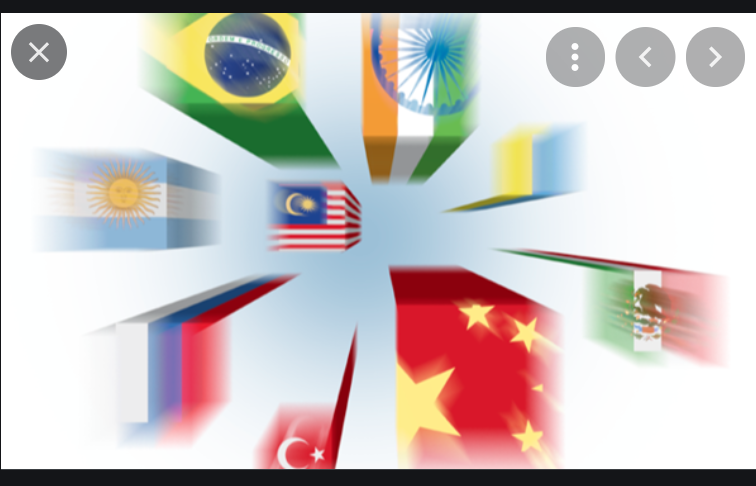As the global economy began shutting down in March 2020, investors stampeded out of stock and bond markets in countries such as Kenya, Brazil, India and Thailand. The panicky exodus seemed to be a prelude to a wave of government debt defaults that would punish Wall Street and poorer nations alike.
But the financial disasters that many economists predicted for heavily indebted countries in the developing world never materialized. Instead, the Federal Reserve’s decision to lower interest rates to near zero, which helped avert a global depression, also encouraged portfolio managers to return to emerging markets where they could earn higher returns.
The resumption of private financial flows to Africa, Asia and Latin America staved off the anticipated wave of debt defaults and restructurings. But it did so at the cost of adding to an already swollen debt pile: Total emerging market borrowings topped $86 trillion at the end of March, up more than $11 trillion during the pandemic.
Further debt increases are inevitable as countries in the developing world struggle to repair their battered economies and to pay for coronavirus vaccines. International efforts to lighten the debt load thus far have achieved little, with private creditors and the Chinese government remaining on the sidelines.
Now, signs that the Federal Reserve may raise interest rates sooner than expected risk triggering a fresh bout of capital flight that could shake both emerging market borrowers and the U.S. economy.
“There’s just an enormous amount of debt out there. External financing to roll over that debt, right now, it’s abundant. But we all know how volatile capital flows can be,” Daleep Singh, U.S. deputy national security adviser, told a think tank last week.
For now, many emerging markets are enjoying some of the lowest lending costs on record, according to Oxford Economics. Ghana raised $3 billion in March by selling bonds to investors, including one “zero coupon” bond that pays no interest for four years. (Investors receive the face value of the bonds when they mature, after buying them at a discount, similar to the way U.S. Savings Bonds work.)
Fed policymakers last month raised their inflation forecast and said the central bank could hike rates in 2023, a year earlier than anticipated. Some Fed officials have expressed support for moving sooner to cool off rising prices, which could cause global financial flows to abruptly reverse course once more.
Higher U.S. rates would act as an incentive for fund managers to sell securities in emerging markets and invest the money in the United States. Countries that borrowed heavily during the pandemic would suffer a double whammy, paying higher interest charges on a larger stock of debt.
Since much of this borrowing is in dollars, these nations would be faced with a choice between two evils: Either raise their own interest rates to prevent capital from fleeing and to protect the value of their currency, which could cause a recession, or allow their currencies to sink and see the cost of repaying their dollar-based loans soar.
“That is bad, bad, really bad news for the emerging markets,” said Carmen Reinhart, chief economist for the World Bank.
Developing country debt will be on the agenda when the Group of 20 finance ministers and central bank chiefs meet in Venice July 9 to 10. The G-20 last year coordinated an agreement to suspend interest payments that poor countries owed government creditors. After being extended twice, that deal will expire at the end of the year and be replaced by a broader debt restructuring plan called the Common Framework.
“I don’t think we have expectations for major breakthroughs. They’re struggling with the details of implementation. I think it’s going to be a long haul,” said Scott Morris, a senior fellow at the Center for Global Development, which hosted Singh.
Follow our English language YouTube videos @ REAL TURKEY: https://www.youtube.com/channel/UCKpFJB4GFiNkhmpVZQ_d9Rg
And content at Twitter: @AtillaEng
Facebook: Real Turkey Channel: https://www.facebook.com/realturkeychannel/
